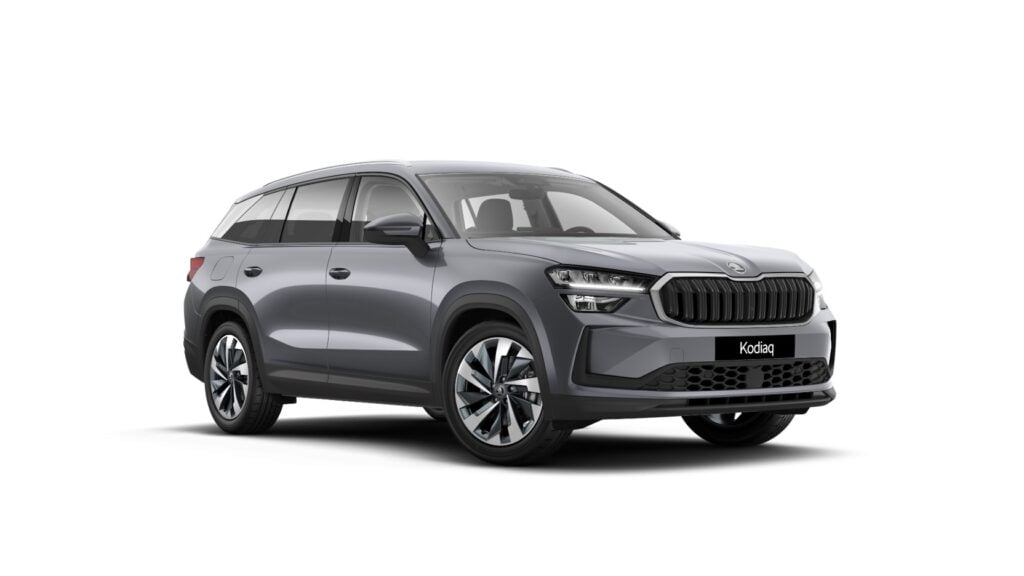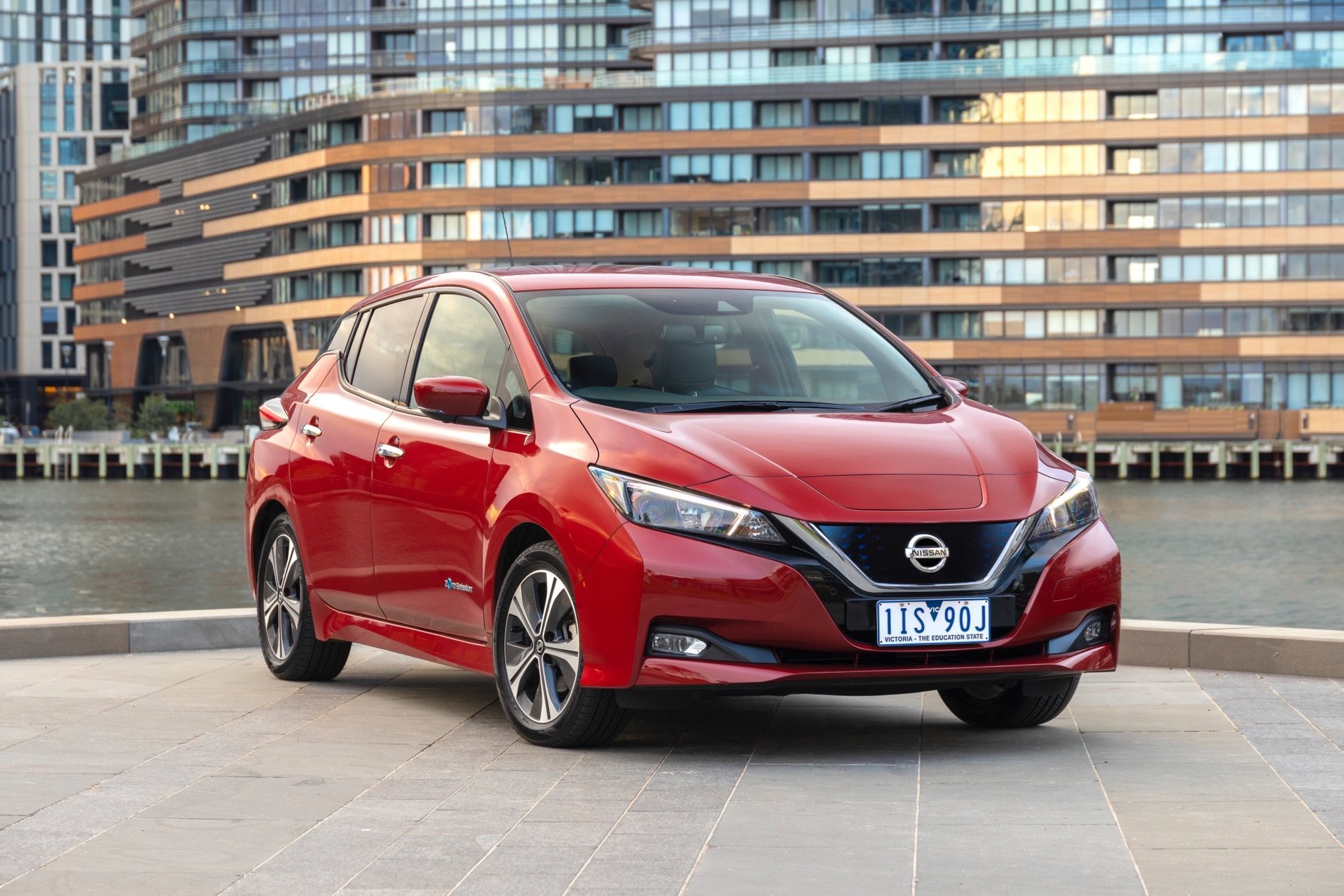
Where normal electric vehicles use the electricity grid to draw a charge, the Nissan Leaf is a unique EV that can work in the opposite way.
That’s because it’s the only car on the Australian market that’s equipped with two-way charging from the factory – meaning it can supply its reserve charge levels back to the national electricity grid in times of high demand in order to stabilise the power supply and combat against blackouts.
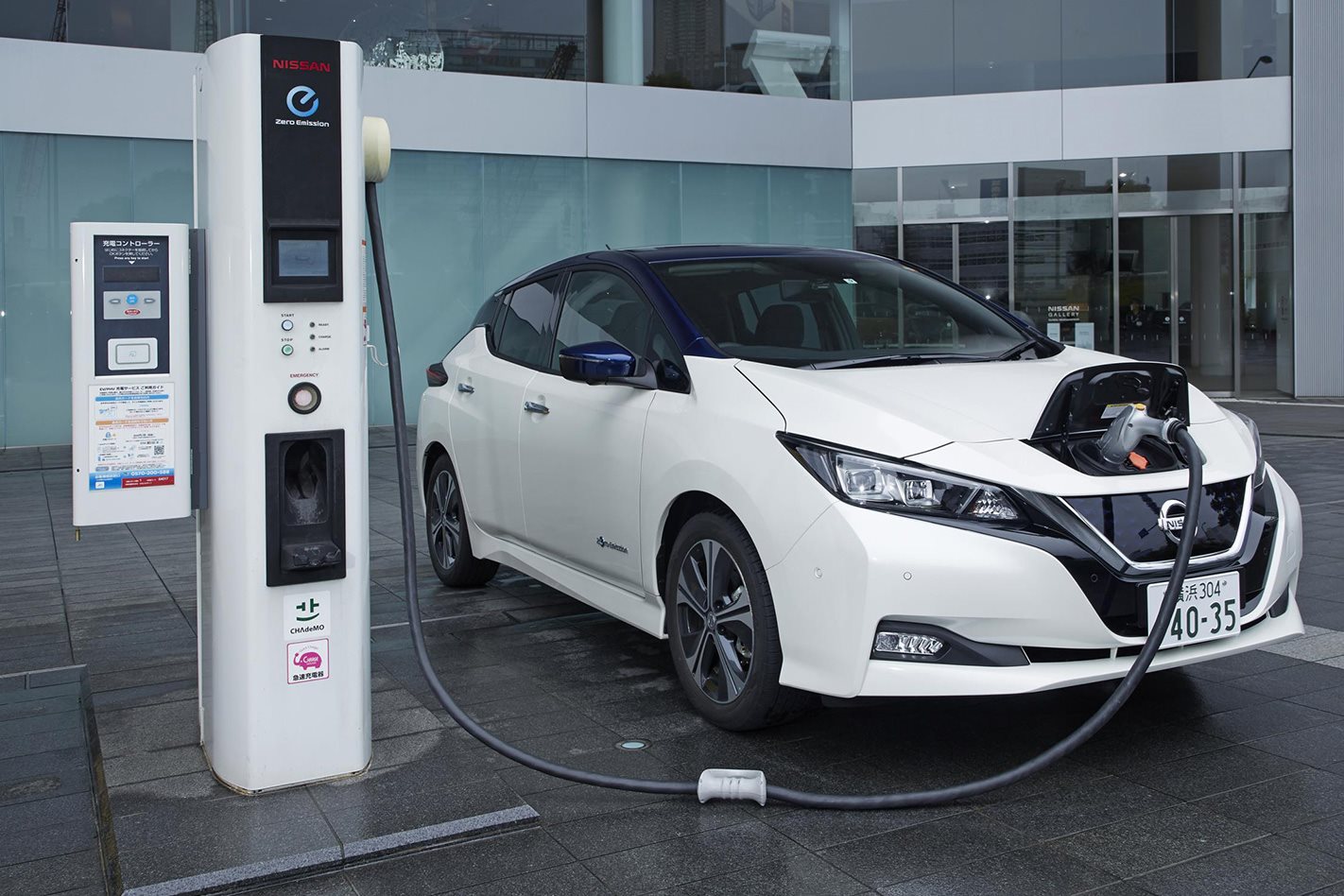
The government is looking to exploit that capability in a trial that will see 51 Nissan Leafs deployed across the ACT Government fleet to use the Vehicle-to-grid (V2G) charging system to stabilise energy loads during peak and off-peak periods.
Energy grid instability has become an increasingly-present problem over the past few years, most notably affecting the South Australian market in 2016 where storms destroyed powerlines and electricity towers causing state-wide blackouts.
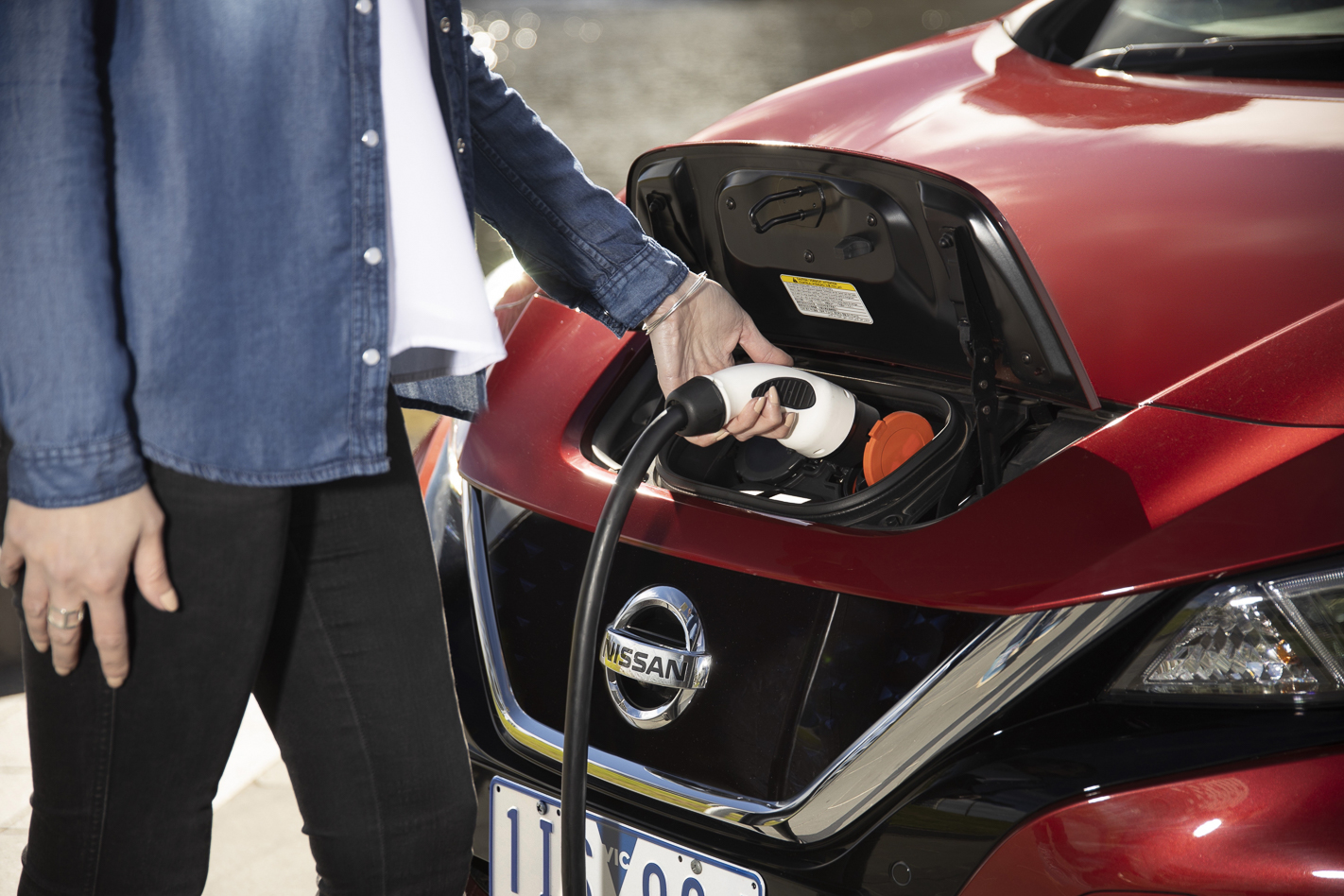
The event prompted the South Australian government, with the help of Tesla, to build the world’s largest battery to support the network.
That’s kind of the idea behind this project, dubbed Realising Electric Vehicle Services (REVS) and overseen by the Australian Renewable Energy Agency, which will act as a precursor and test before the V2G tech is switched on for private owners of the Nissan Leaf later this year.
Frequency Control Ancillary Services (FCAS) is the system that describes the phenomenon of aiding the energy grid during high demand. Essentially it details the way in which energy is used to keep a power grid operating at optimum levels at peak times. The FCAS injection of energy from batteries lessens the load on the wider network that, in turn, leads to fewer blackouts.
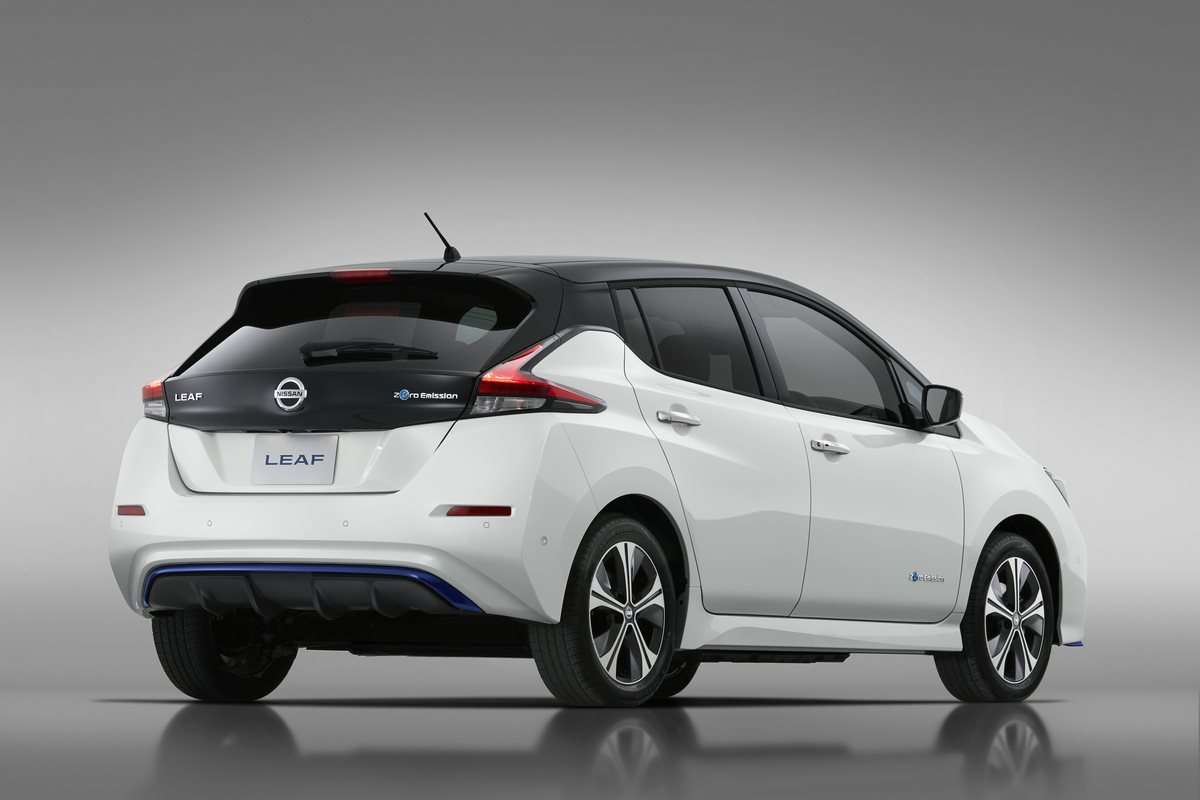
The REVS trial will focus on the Nissan LEAF’s ability to be that battery storage that provides energy to the grid to help the wider National Energy Market.
“As the brand with the only V2G-capable vehicle from factory on the Australian market today, we are exceptionally proud to support this project, and to introduce this technology to Australia,” said Nissan Australia managing director Stephen Lester.
“Nissan has been a global leader in this space, with several successful trials conducted in overseas markets, [but] realising it in Australia is an important milestone.”
Following the trial, Australian owners of the Nissan Leaf can not only look forward to helping the national power grid later this year, but also greater flexibility from the national grid itself which could mean grid independence and greatly reduced power bills (explained below.
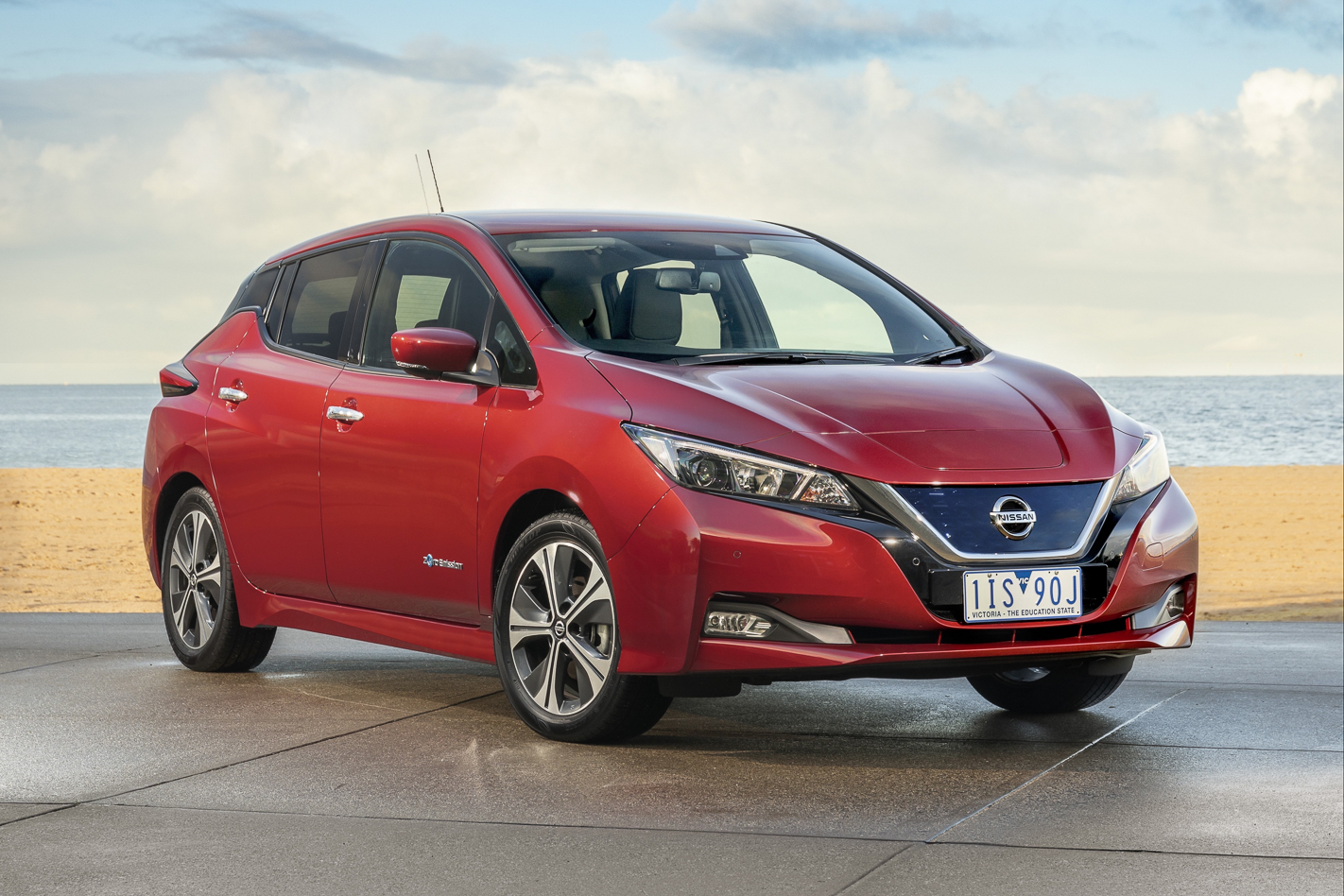
What is Vehicle-to-grid?
Roughly explained, Vehicle-to-grid (V2G) is a system in which a car’s reserve charge can be fed back into the national electricity grid.
This means that the bi-directional charging port connected to the home can either draw or supply power dependent on where it’s needed most. This technology has a number of applications, but importantly it puts the power in the hands of the consumer – a valuable proposition in times of uncertain energy prices.
Why is Vehicle-to-grid important?
While the thought of stabilising your nation’s energy grid sounds boringly altruistic, there are actually further benefits that the general public can take advantage of for themselves.
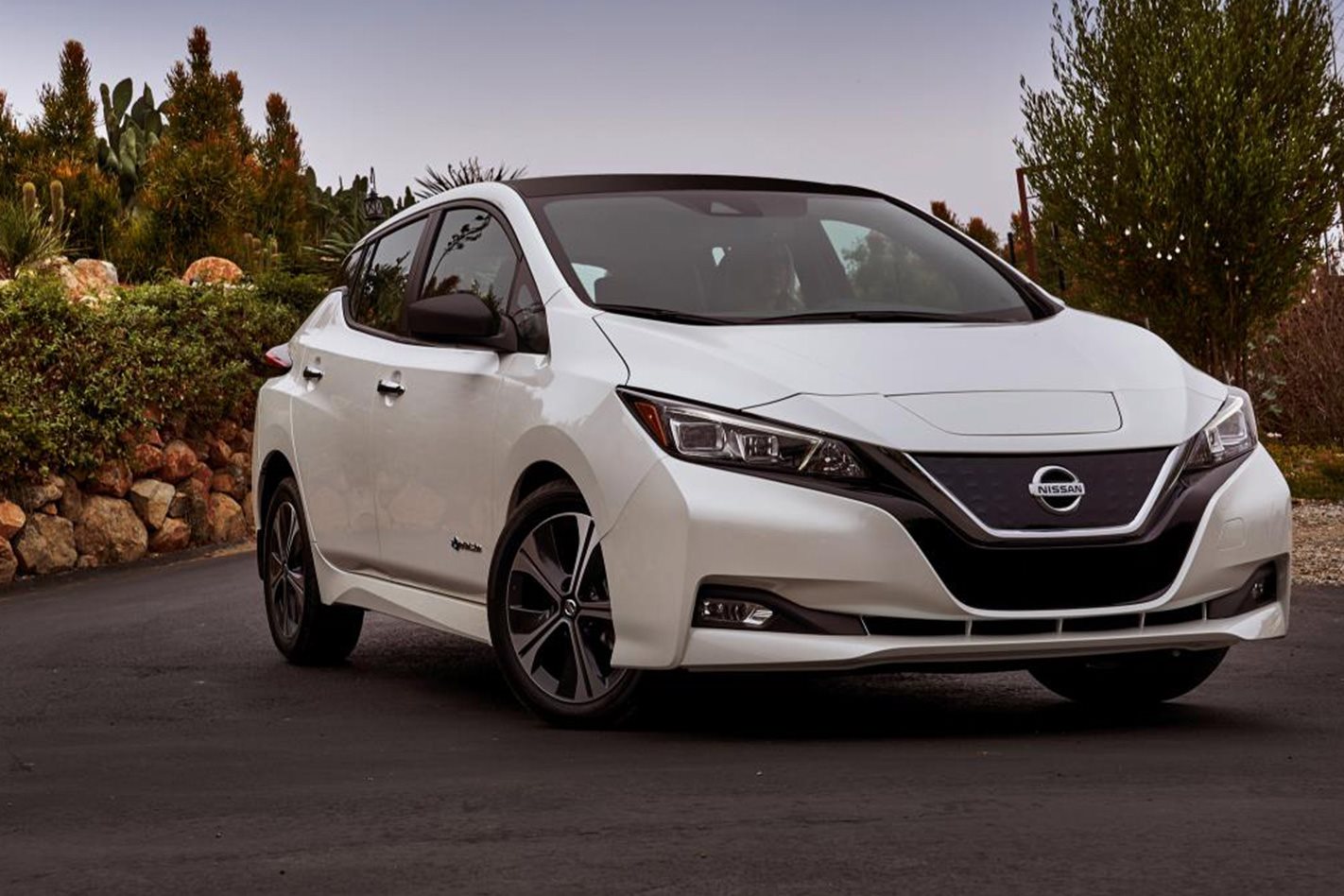
V2G could actually enable people to live off the grid, reduce energy prices, or draw power from an alternative source.
For those with solar panels, a car could be used to store the sun’s energy during the day and then redeploy it to power a house at night. In another scenario, you could charge your car at work, a shopping centre or a public site and then drive home and power your house for free.
In another circumstance, your car could reduce your power bill or even earn its keep by feeding excess power back into the energy grid.
Although it’s a small start, V2G could be one of the keys to a zero-cost energy supply, and Australians will only have to wait until later this year to see it for themselves.

